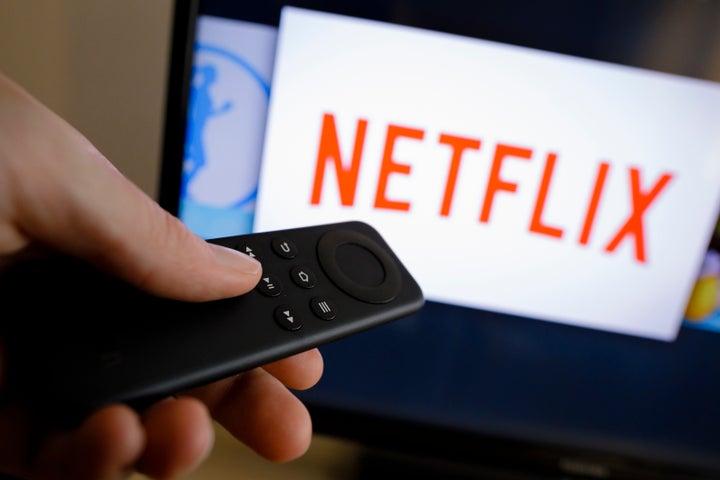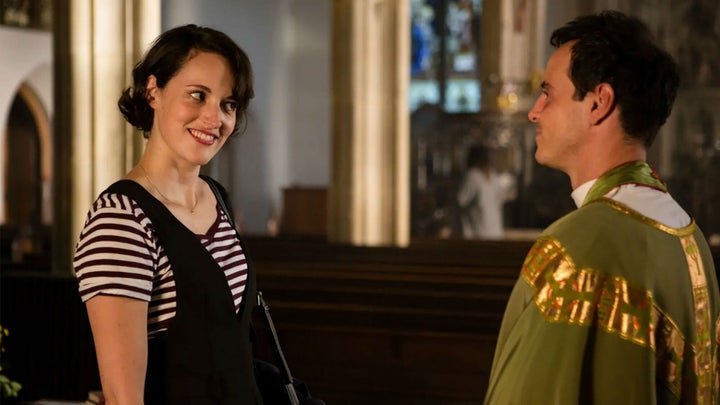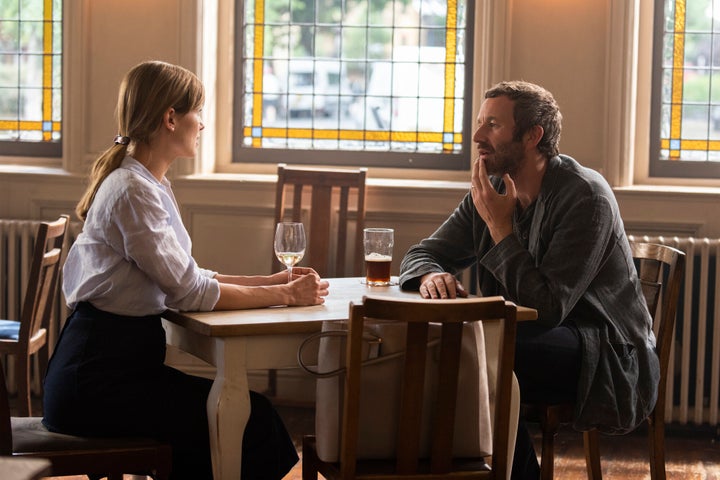
The option to “double speed” has rewired my brain and I’m willing to bet that it will soon rewire yours too.
Podcasts, audiobooks and YouTube videos all offer the option to listen and watch at double the normal speed. It’s incredible how quickly your brain can adapt to this tempo. Once it does, you can consume all the content you tend to consume faster. In the case of podcasts and audiobooks, you can listen at double speed, while also doing other activities.
Get the dishes done. Go for a walk outside. You’re free to move around while learning at a rapid speed and it’s wonderful. In my mind, the option to play things at double speed is a transformational technology in terms of humans sharing information.
But now, I’m spoiled. I want all content to be at double speed, especially television shows, which tend to have handfuls of hourlong seasons to consume.
According to FX Networks research, roughly 532 original scripted shows debuted last year, and that doesn’t include all the unscripted and reality programs.
Of course, many of those shows were terrible; bad shows will always be too long. But even most of the good shows were too long given the format of television. I can count on one hand the list of shows that were worth spending 10 hours with for just one season versus listening to two audiobooks while going on walks in that same amount of time.
All told, TV is becoming a terrible investment, because the format of a show in its current forms will become obsolete.
That is, unless, we can start viewing them at double speed.
In 2019, Netflix actually began testing a feature to let subscribers watch its content at double speed, on Android cellphones at least.
The New York Times rounded up the immense pushback to this from creators.
“Don’t make me have to call every director and show creator on Earth to fight you on this,” director Judd Apatow tweeted. “Save me the time. I will win but it will take a ton of time.”
Netflix likely knows that most subscribers will want and even need this feature, regardless of whether those viewers believe this now.
After the pushback, Netflix Vice President Keela Robison released a statement saying that subscribers had requested the feature. Still, Robison said they wouldn’t implement any of the tests to all users in the “short term.”
“Whether we introduce these features for everyone at some point will depend on the feedback we receive,” Robison said.
Maybe we’re just not used to double speed in this format yet and would only need time to adjust.
The thing is, even Ira Glass listens to podcasts at double speed.
The host and creator of the popular radio show and podcast “This American Life” opened his most recent show with an anecdote about his listening habits.
“I listen at double speed or one-and-a-half-time speed, which I know is not for everybody, but I like that,” Glass said while recommending the playback features on a podcast app called Pocket Casts.
Glass is arguably the most famous radio host in America (at least for scripted programs) and one that famously does meticulous, second-by-second edits on his shows.
If Glass is a believer, then double speed will soon rewire us all.

You might be wondering: Do I think every single show is too long?
No.
In 2019, the near-movie-length season of Amazon Prime’s “Fleabag” was not too long. Against all odds, the over 10 hours of HBO’s second season of “Succession” was not too long, but in the way Robert Caro’s Pulitzer Prize-winning tome of a book “The Power Broker” is not too long (although I’m currently double-speeding it).
Incredible quality can justify longer lengths, to a point.
Most shows still have mediocre B-plots, long establishing shots and stretched budgets, though. For a time, the more concise and better-budgeted format of movies was the better “tech” compared to the format of shows. Then shows got better budgets, started streaming into people’s homes and appealed to more niche interests in the streaming boom. This revived the form for a moment.
The problem is now most shows lack the zippy-ness of movies, while still having too many episodes that stretch their budgets. Stand-alone episodes often don’t justify a viewer’s time and neither does a full season taken as a whole.
Almost every show’s proposition to a viewer is: “Imagine a movie, but way slower and cheaper looking?” Or “Imagine an audiobook, but way slower and it demands your full attention?”
So are 99% of shows too long? Yes.

As a result, a few companies have experimented with making super-short shows.
The upcoming streaming service Quibi is betting on shows with tiny runtimes (and just raised another $750 million to do so). The BBC has long debuted shows (such as “Sherlock,” which now happens to stream on Netflix) that have only a few episodes.
Sundance debuted a show in 2019 called “State of the Union,” which had 10 episodes of roughly 10 minutes each. (Even that show didn’t justify 100 minutes of your time due to a middling storyline.)
But these examples are experiments in radically changing the storytelling length of traditional television shows, which tend to run 20 to 60 minutes over many episodes and seasons.
The inevitable question here is: Why don’t all streaming services just let viewers watch shows at double speed like podcasts, audiobooks and YouTube videos do?
You can look to the Pulitzer Prize-winning history book “Guns, Germs, and Steel” (which I double-speeded) for a guess — as with many traditions that defy the march of forward progress, watching television shows at double speed is a cultural taboo.
Friends admit to me they play things in double speed in hushed tones. Double-speeding bastardizes the creator’s intent, so goes the conventional wisdom, and nobody wants to ruin art.
To this I’ll say with the most hushed whisper: Maybe double speed makes the art better?
In the future, sitcoms and other types of television shows that basically serve as zone-out vehicles will probably be fine. As of now, at least, you don’t need to zone out faster.
But Netflix will likely need to let people watch those dozens of hours of dramas and documentaries and talk shows at faster speeds if it wants any chance of viewers sticking to the end, or, hell, watching most of its offerings.

Earlier this year, Ira Glass and his staff appeared on an episode of the HBO show “High Maintenance,” which centered on the creation of a “This American Life” episode.
I love “High Maintenance” and consider it one of the best television shows of the last few years. And I loved the “This American Life”-centric season premiere. But, if I’m honest, a few episodes have piled up since then, and I haven’t found the time or desire to catch up yet.
I’m not 100% convinced that double speed is a good thing. In my heart, I still think it would be cosmically wrong to watch a fantastic drama like “Mad Men” at double speed. Also, video at double speed looks weird. Double-speeding works better for audiobooks because it doesn’t warp the associated visuals tied to text, because those “visuals” are in your brain.
Problems with this plan remain, but double speed has already rewired my brain for all types of content. The Pandora’s box is open and there’s no going back. And if Glass, who puts his heart and soul into the editing of each “This American Life” episode, can admit he has succumbed to double speed, then I can too.